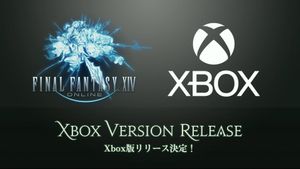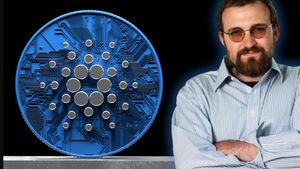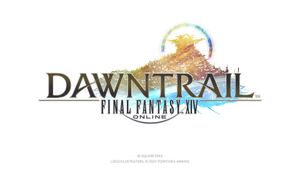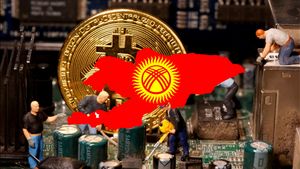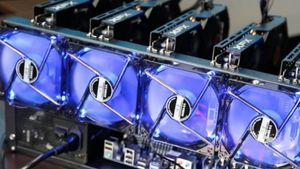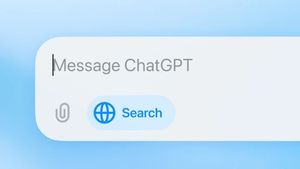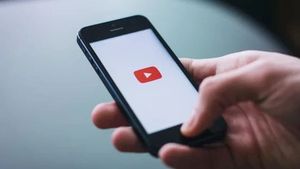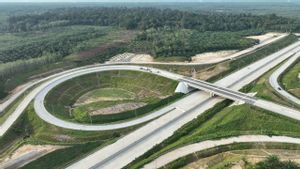JAKARTA - The Euclidean Telescope belonging to the European Space Agency (ESA), designed to explore the vast and dark universe, has now reached its destination orbit of Lagrange Sun-Earth 2 (L2).
To get to L2, the Euclidean Telescope must cover a distance of 1.5 million kilometers from Earth which takes one month after its launch on July 1.
In L2, Euclidean joins the James Webb Telescope and the Gaia mission. By the time the Euclidean Telescope has completed a full revolution around L2, the Moon will circle Earth six times.
The area around L2 is large, so much space and collisions can be avoided easily. The Webb and Gaia telescopes are between 400,000 and 1,100,000 kilometers away, depending on where they are in their respective orbits.
Furthermore, L2 is about four times further away from the Moon, offering the perfect point of view for studying the Universe.
Where the Sun, Earth, and Moon will be right behind the Euclidean Telescope at all times, so as not to interfere with observations.
While at the same time, the telescope will gain a clear view into space and redirect the antenna back to Earth to keep in touch with the ESA team.
اقرأ أيضا:
Eculid will explore the composition and evolution of the dark universe. The telescope will create the largest 3D universe map, most accurately across space and time by observing billions of galaxies up to 10 billion light-years, and exploring more than a third of the sky.
The telescope will explore how the universe expands, finding out large-scale structures are distributed across space and time, revealing more about the role of gravity as well as universal properties of energy as well as dark matter.
From there, ESA astronomers can conclude the nature of dark energy, dark matter, and gravity, to reveal more about their precise nature.
Circulating one and three months after launch, Euclid will go through several calibrations and scientific performance tests as well as prepare for its science mission. The telescope begins its early phase of the universe survey three months after its launch.
The English, Chinese, Japanese, Arabic, and French versions are automatically generated by the AI. So there may still be inaccuracies in translating, please always see Indonesian as our main language. (system supported by DigitalSiber.id)



